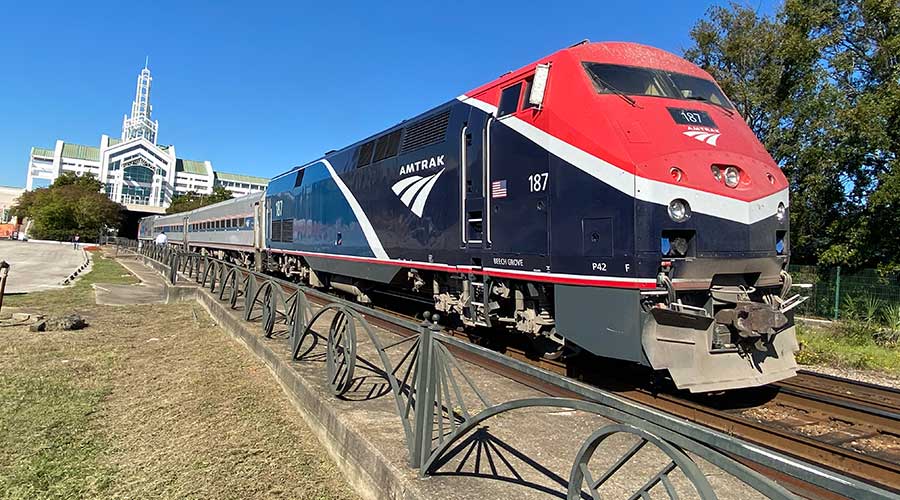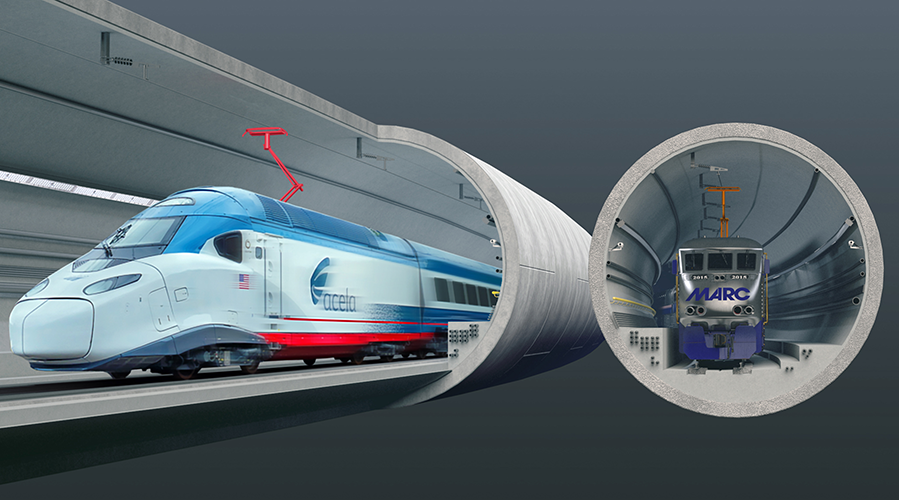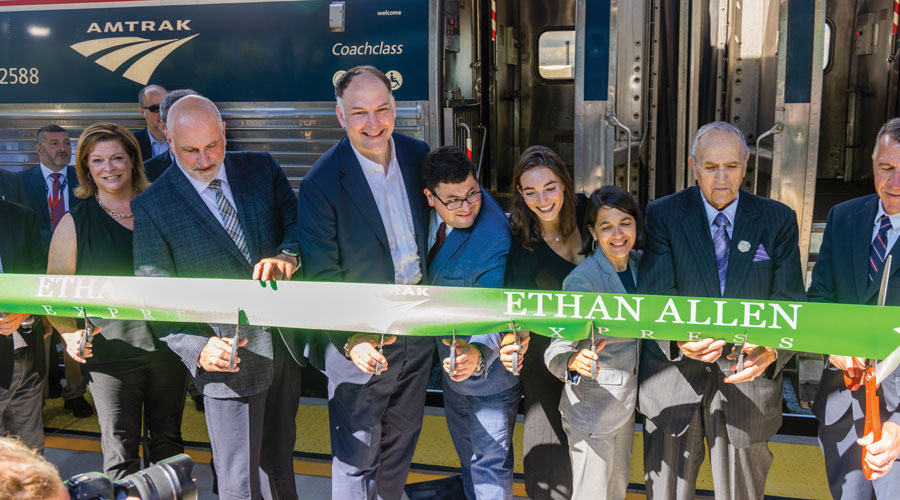Stay updated on news, articles and information for the rail industry
June 2015
Rail News: Amtrak
After the Amtrak derailment, what's next?
— by Julie Sneider, senior associate editor
Last month's Amtrak derailment on the Northeast Corridor has led to a growing list of repercussions that, so far, include a Federal Railroad Administration (FRA) emergency order requiring Amtrak to slow train speed in the corridor; lawmaker demands for additional passenger-rail protections; calls for increasing (as well as decreasing) federal investments in Amtrak; and political pressure on the railroad industry to accelerate positive train control implementation.
All that’s billowing even though the accident’s cause has yet to be determined. The National Transportation Safety Board (NTSB) announced late last month that its investigation is likely to last 12 months.
Eight passengers were killed and 200 more were injured when Amtrak Train 188 derailed May 12 shortly after leaving a Philadelphia station on the way to New York City. The NTSB determined the train was traveling 106 mph, which was more than twice the posted speed limit, as it approached a sharp curve and then derailed. NTSB member Robert Sumwalt has said the derailment wouldn’t have happened if positive train control (PTC) had been activated on that track segment.
Since then, the FRA has ordered Amtrak to control speed and take other measures to improve safety on the corridor, including implementing automatic train control code changes and modifications. Amtrak also must submit a plan to FRA outlining other safety improvements within 20 days of the May 21st emergency order. Safety actions that Amtrak has said it will pursue as a result of the accident: installation of inward-facing video cameras by year’s end on its ACS-64 locomotives that travel on the corridor. All new locomotives will feature the equipment prior to entering service.
Spotlight on PTC
The derailment also has refocused the public's attention on the federal timeline and funding (or lack thereof) for railroads to implement PTC. Amtrak President and Chief Executive Officer Joseph Boardman said after the accident that the railroad had been nearing the PTC testing phase on the track where the derailment later occurred.
Congress in 2008 mandated railroads to implement PTC on about 60,000 miles of track by Dec. 31, 2015, but did not provide the funding to do so. Railroad industry leaders have said since then that most of their roads won’t meet that time frame due to the complexity of the evolving technology, as well as radio spectrum availability issues.
And the railroads continue to state their case for a deadline extension. While the industry has made progress toward PTC implementation, the freight railroads need more time to get it done, Association of American Railroads President and CEO Edward Hamberger wrote May 18 in The Wall Street Journal. Meanwhile, the transit industry also has made PTC progress, but only 29 percent of commuter railroads expect to meet the December deadline, say American Public Transportation Association officials.
Whether the Amtrak derailment will help the rail industry secure more time or federal dollars to implement PTC remains to be seen. Politicians also have used the accident to argue for a sooner-than-later PTC deadline.
Said U.S. Sen. Dianne Feinstein (D-Calif.), a sponsor of the 2008 rail-safety law: "The Amtrak tragedy and other recent accidents that could have been prevented by PTC underscore the simple fact that further unnecessary delays are unacceptable and irresponsible."


 2025 MOW Spending Report: Passenger-rail programs
2025 MOW Spending Report: Passenger-rail programs
 Gardner steps down as Amtrak CEO
Gardner steps down as Amtrak CEO
 Guest comment: Oliver Wyman’s David Hunt
Guest comment: Oliver Wyman’s David Hunt
 Women of Influence in Rail eBook
Women of Influence in Rail eBook
 railPrime
railPrime








